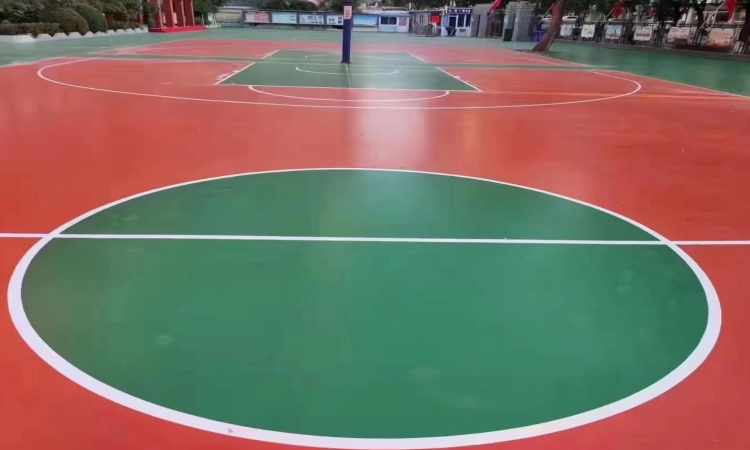Under the dual waves of smart cities and sustainable development, waterborne epoxy floor paint is no longer limited to ground protection, but has become an important carrier of intelligent and ecological building space. This article analyzes its future potential from the perspective of application scenario expansion and industrial chain collaboration.
"Breaking the Boundary" and Deepening of Application Scenarios
1.Supporting Upgrades of Industry 4.0
The high-voltage and anti-static requirements of smart factories for floors have spawned customized solutions. For example, semiconductor workshops use conductive waterborne epoxy paint, and the electrostatic dissipation efficiency reaches 10^6-10^9Ω, ensuring the safety of precision instruments.
In the field of warehousing and logistics, high wear-resistant coatings (hardness above 5H) are combined with AGV robot navigation systems to achieve seamless connection between floor functions and automated equipment.
2 .Green transformation of urban public spaces
Subway stations, hospitals and other places use anti-slip and antibacterial waterborne epoxy paint to reduce public safety accidents. In a renovation project of a tertiary hospital in Hangzhou, the construction period of water-based paint was shortened by 30%, and it can be put into use 7 days after the operation.
The commercial complex improves the aesthetics of the space through color customization (such as Morandi color system), and uses high-gloss topcoat to reduce lighting energy consumption, which meets the requirements of green building certification.
Industry chain collaboration: full-chain innovation from raw materials to services
1. Green revolution of upstream raw materials
Biological-based epoxy resin replaces petroleum-derived ingredients to reduce carbon footprint. The corn stalk extract-based resin developed by a certain company has a bio-based content of 30% and has been certified by the EU Ecolabel.
The addition of nanofillers (such as graphene) improves the thermal conductivity and UV resistance of the coating, extending the outdoor service life to more than 15 years.
2 .Digital transformation of downstream services
AR simulation technology is introduced on the construction end, and customers can preview the floor effect in real time and adjust the design plan to reduce the rework rate. A certain platform optimizes the material ratio through AI algorithm and reduces construction loss by 20%.
The operation and maintenance end relies on the Internet of Things platform to provide floor health monitoring and preventive maintenance services, forming a new "product + service" profit model.
Future challenges and strategic choices
1 .Balance between cost and performance
Price fluctuations of raw materials for water-based epoxy floor paint (such as epoxy resin) affect profit margins, and companies need to control costs through large-scale production and supply chain optimization.
In terms of performance, further improve weather resistance (such as -30℃ to 80℃ temperature difference adaptation) to expand outdoor applications49.
2. Standardization and brand internationalization
Domestic industry standards are not yet unified, and it is necessary to learn from European and American ASTM standards to establish a mandatory certification system to eliminate market chaos.
Brands going overseas need to break through technical barriers, such as entering the North American market through UL certification, or cooperating with local contractors to provide localized services.
